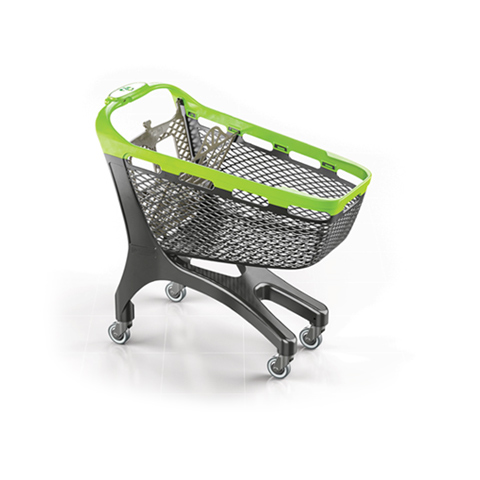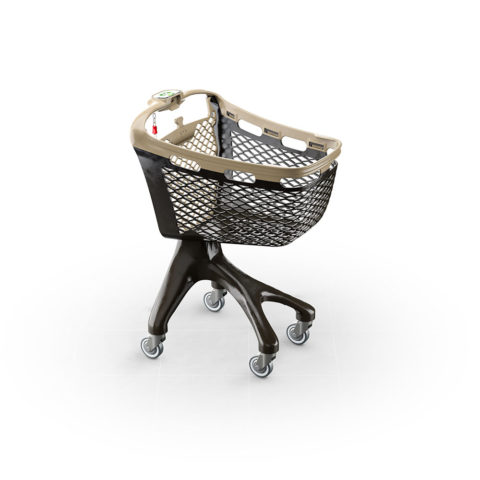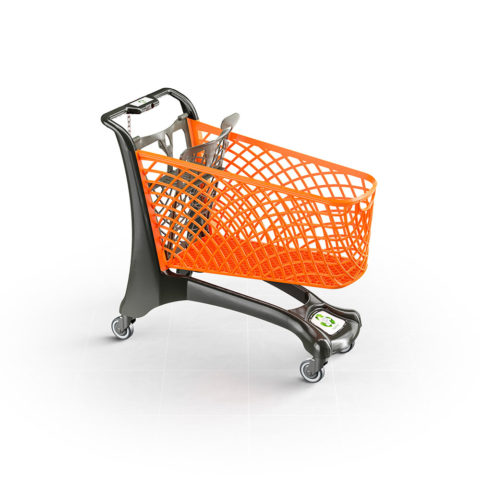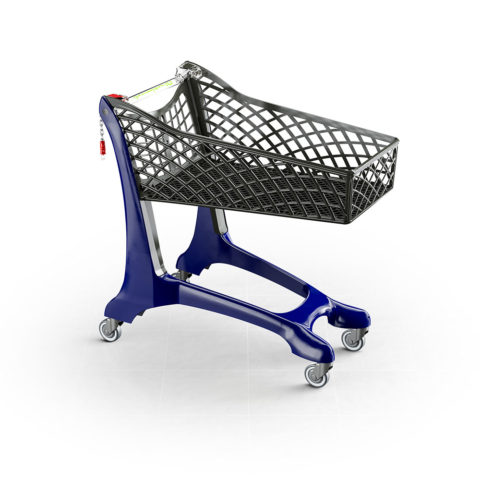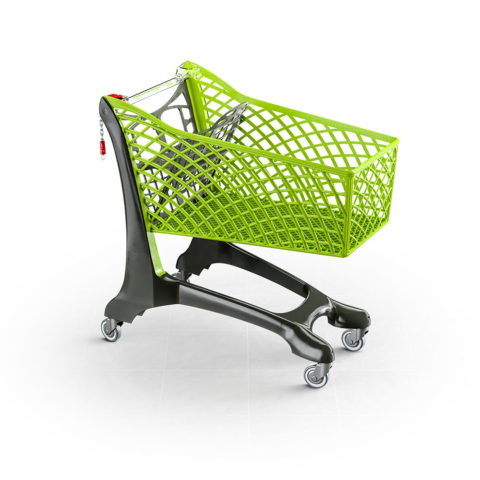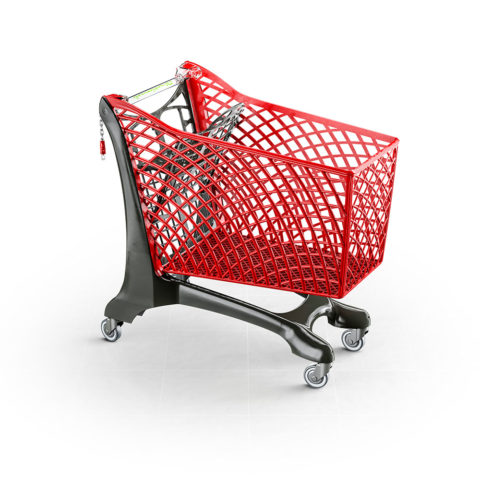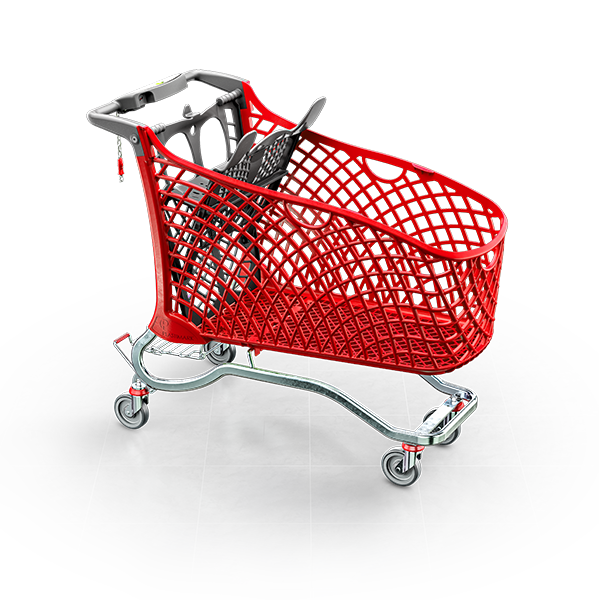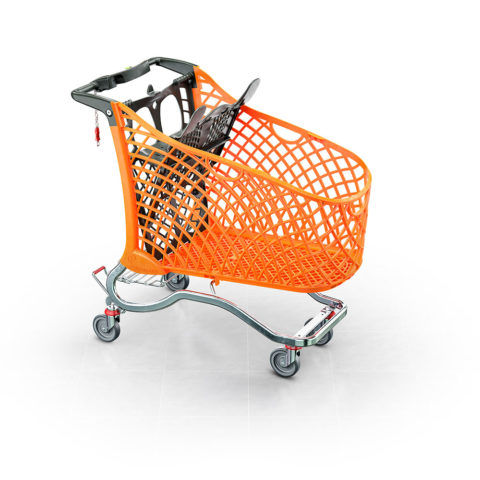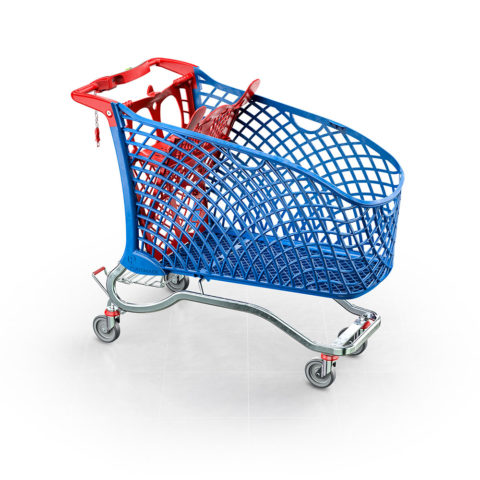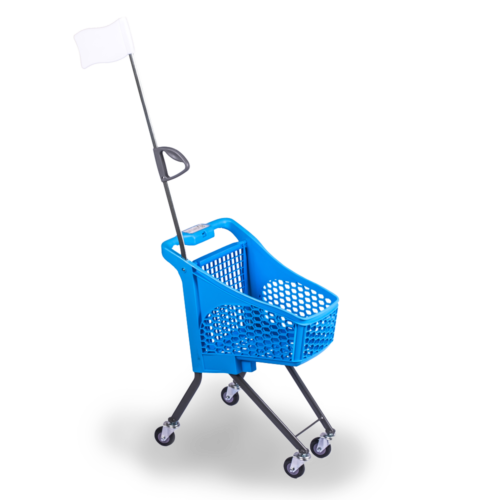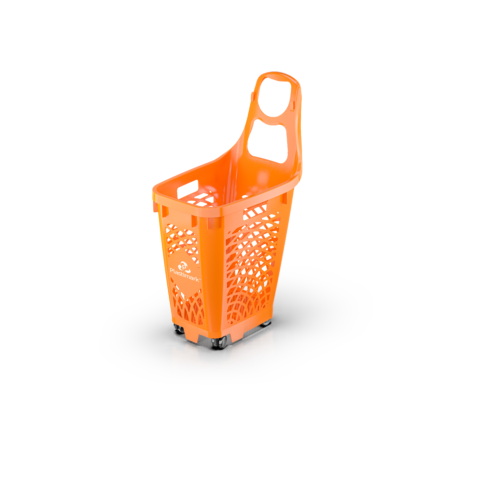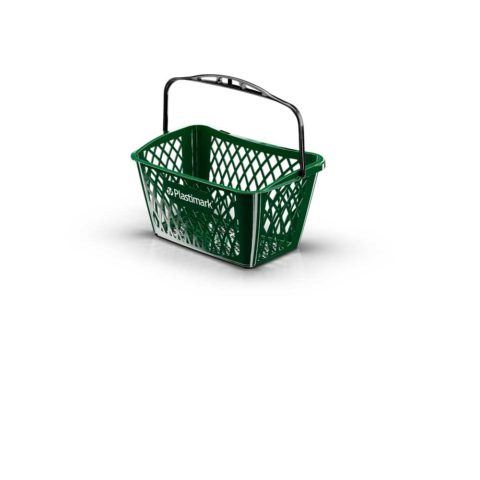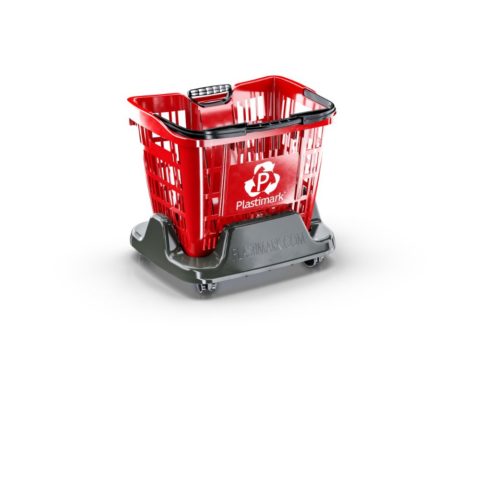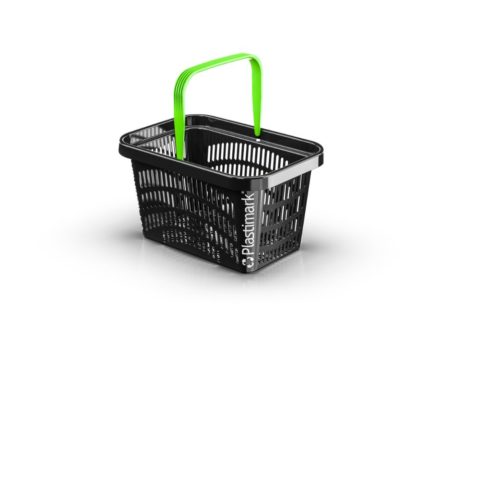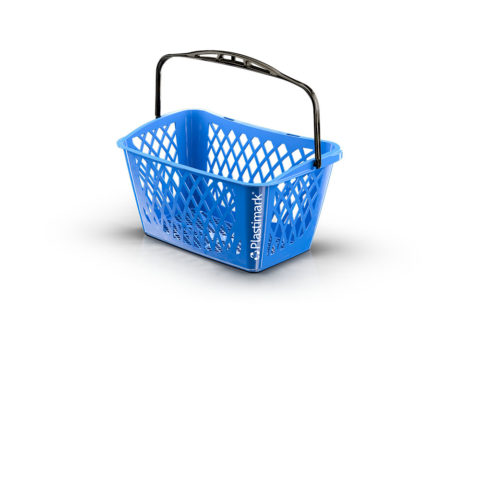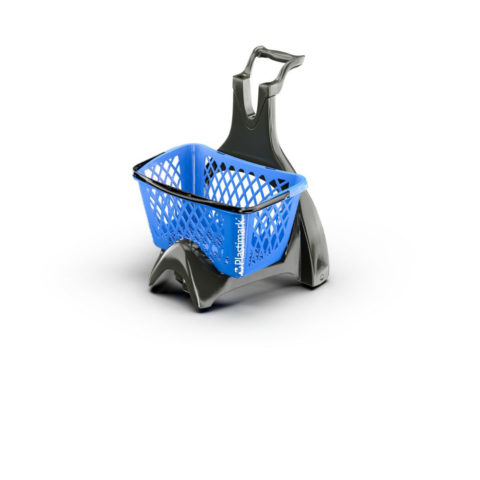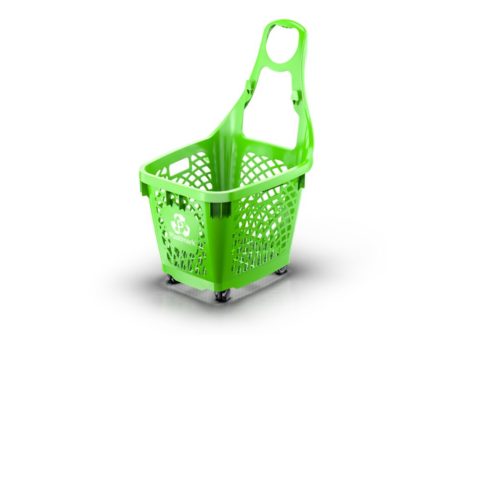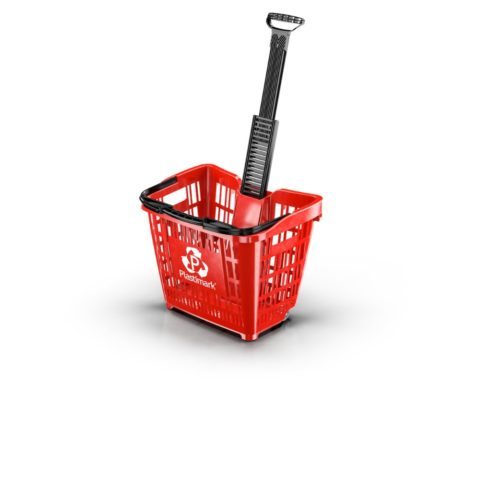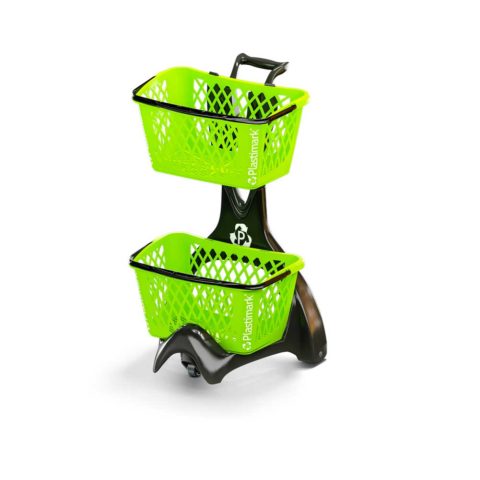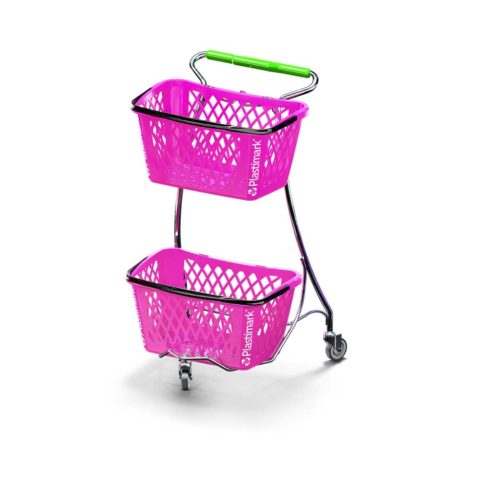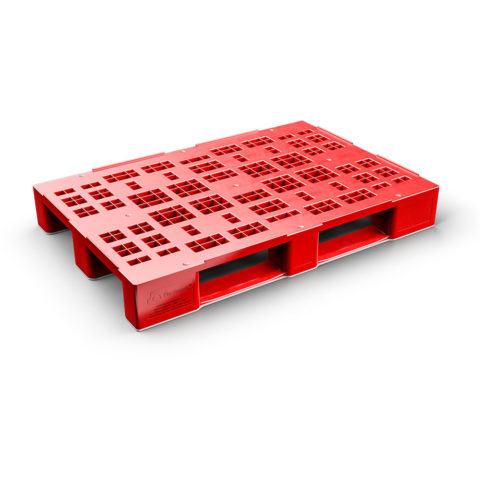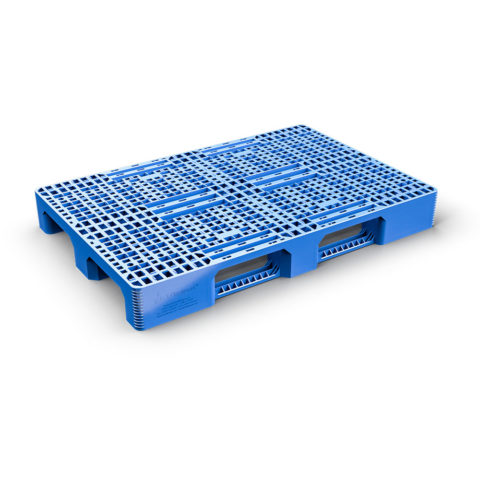Products
Full Plastic Trolleys
The FULL PLASTIC line thoroughly encompasses the essence of the Plastimark® concept.
Leggi tutto
Made entirely in plastic, maximising the potential of customisation and coordination with branding, signage and furniture, concentrating the strengths of the material: lightness, cost effectiveness, modularity, noiselessness, resistance to atmospheric agents.
The design completes this versatility, with captivating and constantly novel lines, to better enjoy shopping.
Fully recyclable and made up of a complete and diversified range, the FULL PLASTIC line combines in the best way with the green philosophy and an aware use of resources.
Hybrid Trolleys
For markets characterised by heavy loads, big tournover and large sales areas, the HYBRID line is capable of optimally fulfilling these specific needs, combining respect for its origins and values with innovation and research, for the sake of high performance and reliability over a period of time.
Leggi tutto
In HYBRID, the metal frame combines in an especially elegant and functional manner with the versatility, design and technology offered by basket and handle in plastic material.
Shopping Trolley for Children
Shopping Baskets and Systems
The Plastimark® BASKETS are produced with recyclable or recycled plastic: their production and recycling process minimise the environmental impact, harmonizing innovative design with robustness and reliability.
Leggi tutto
Safe, light, practical, ergonomic and easy to sanitise, they help to sustain the weight of the shopping in the best way, facilitating a correct posture.
The FURBO SYSTEMS, with FURBO PLASTIC and FURBO HYBRID lines, are designed to best adapt to any type of sales outlet, consistently providing the most fitting, practical and intelligent solution for smallto medium-sized sales areas. Agile and easy to handle, they occupy very little space and satisfy user and retailer requirements.
Plastic Pallets
Consisting in a single mono-block and resistant to both low and high temperatures (from -20 to + 100 °C), Plastimark® PALLETS are the most robust, hygienic and ecological alternative to the conventional pallet and represent a significant step ahead to customise the sales outlet and enhance the goods on display.
Leggi tutto
Equipped with anti-overturning crossbeams, the PALLETS are manufactured with materials suitable for contact with foodstuffs and 100% recyclable.
Request the catalog
Fill out the form to download the Plastimark product catalog
